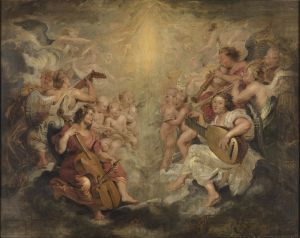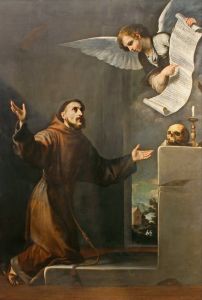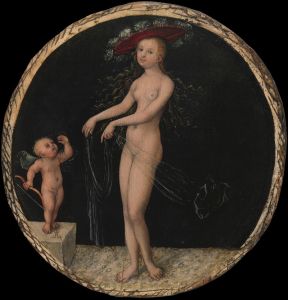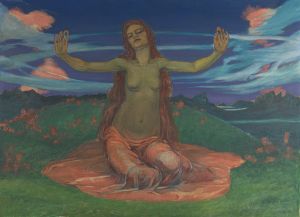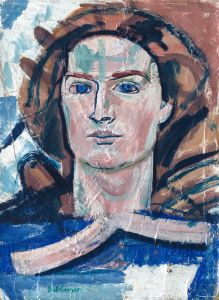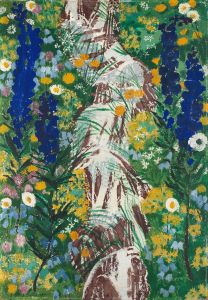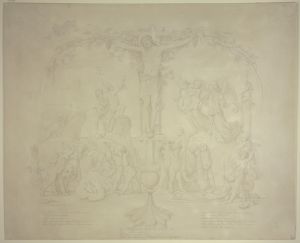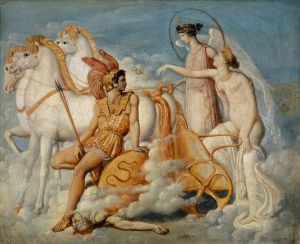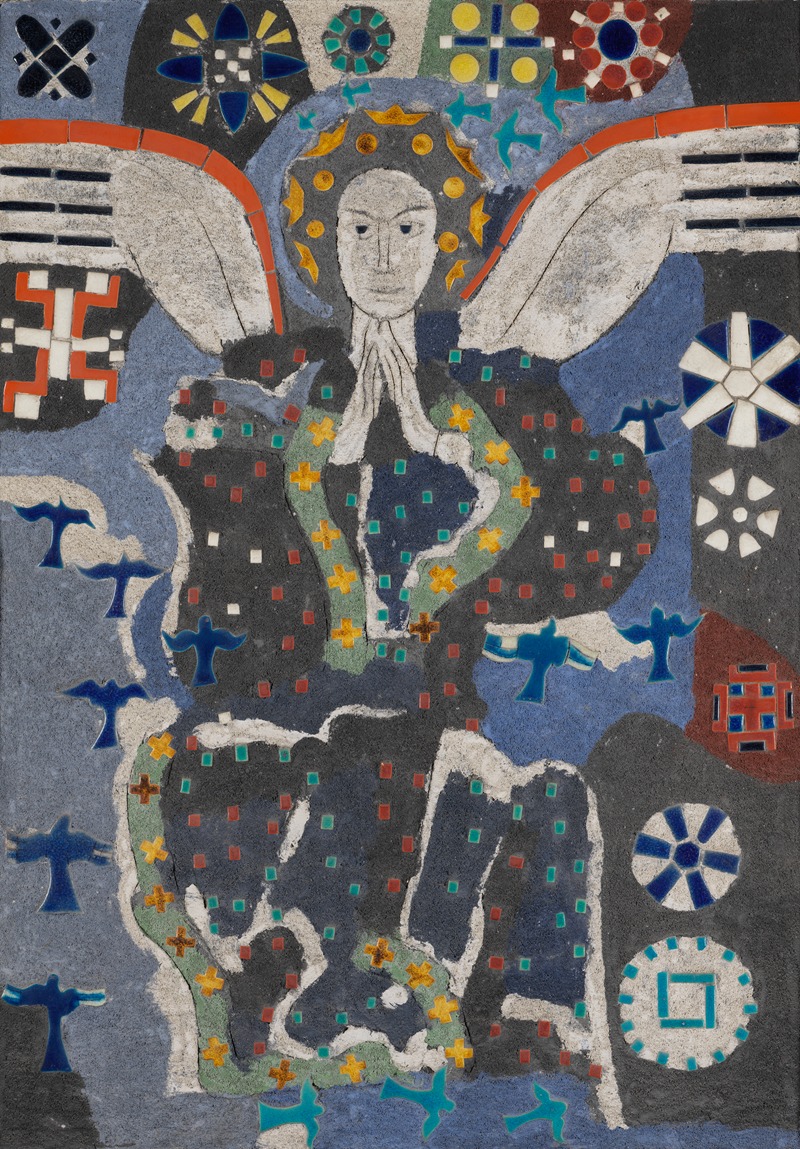
Grosser Engel
A hand-painted replica of August Babberger’s masterpiece Grosser Engel, meticulously crafted by professional artists to capture the true essence of the original. Each piece is created with museum-quality canvas and rare mineral pigments, carefully painted by experienced artists with delicate brushstrokes and rich, layered colors to perfectly recreate the texture of the original artwork. Unlike machine-printed reproductions, this hand-painted version brings the painting to life, infused with the artist’s emotions and skill in every stroke. Whether for personal collection or home decoration, it instantly elevates the artistic atmosphere of any space.
August Babberger was a German painter known for his expressionist style, and "Grosser Engel" is one of his notable works. Babberger was born on December 8, 1885, in Hausen im Wiesental, Germany, and he became an influential figure in the German art scene during the early 20th century. His work is often associated with the expressionist movement, which sought to convey emotional experience rather than physical reality.
"Grosser Engel," which translates to "Great Angel" in English, is a painting that exemplifies Babberger's unique approach to expressionism. The painting is characterized by bold colors, dynamic forms, and a sense of spiritual intensity, which are hallmarks of Babberger's style. His work often explored themes of spirituality and human emotion, and "Grosser Engel" is no exception.
Babberger's education and career were deeply rooted in the German art tradition. He studied at the Academy of Fine Arts in Karlsruhe and later at the Academy of Fine Arts in Munich, where he was influenced by the prevailing artistic movements of the time. His exposure to different styles and techniques helped him develop a distinctive approach that combined elements of expressionism with his personal vision.
Throughout his career, Babberger was associated with several art groups and movements. He was a member of the "Badische Secession," a group of artists who sought to break away from traditional academic art and explore new forms of expression. This affiliation allowed him to experiment with different styles and collaborate with other avant-garde artists of his time.
The expressionist movement, which Babberger was a part of, emerged in Germany in the early 20th century as a reaction against the academic standards of art. Expressionists aimed to depict subjective emotions and experiences rather than objective reality. This movement was characterized by the use of vivid colors, exaggerated forms, and dramatic compositions, all of which are evident in Babberger's "Grosser Engel."
Babberger's work, including "Grosser Engel," often reflects his interest in spirituality and the human condition. The painting's title suggests a celestial or divine figure, and the composition likely conveys a sense of awe or reverence. While specific details about the painting's creation and its current location may not be widely documented, it remains an important example of Babberger's contribution to expressionist art.
August Babberger's legacy as an expressionist painter is marked by his ability to convey deep emotional and spiritual themes through his art. His works, including "Grosser Engel," continue to be studied and appreciated for their bold use of color and form, as well as their exploration of the human experience. Babberger passed away on September 3, 1936, in Freiburg im Breisgau, Germany, but his influence on the art world endures through his innovative and expressive body of work.





